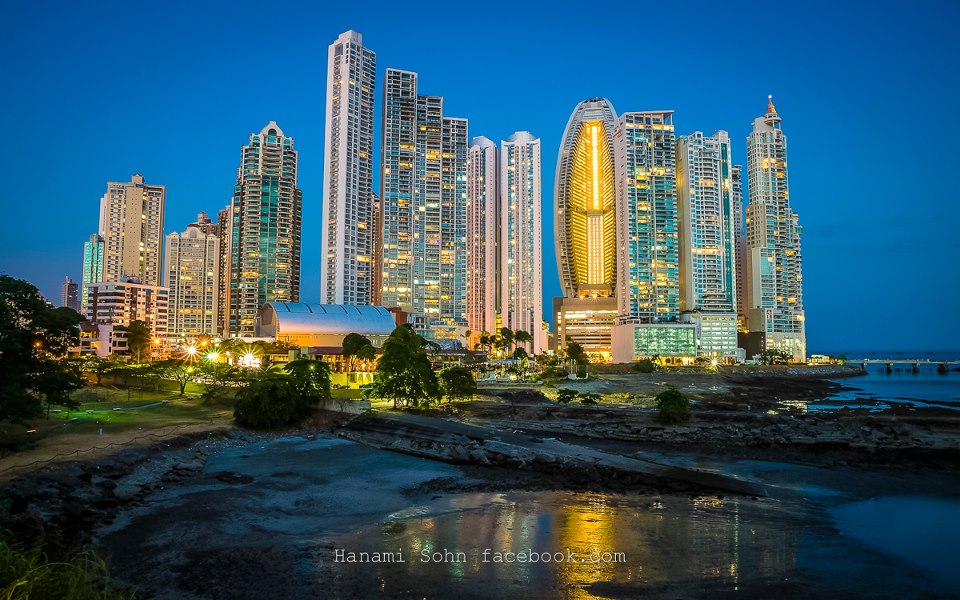This is a great article that appeared in The Globe by Augusta Dwyer.
This story is part of an ongoing series on global property that examines the shifts and trends in the housing market on the international stage.
Part of a growing trend of retirees searching for more exotic and less expensive lifestyles, the tiny isthmus nation of Panama has become a magnet destination for North American boomers.
But the reason their property values are once again on the increase has less to do with the lures of leisure than with that country’s vibrant business economy, one ranked by the World Economic Forum as the second-most competitive in Latin America.
“Panama started out with banking, business, insurance, and the Panama Canal,” explained Dave Haney, of Canada Panama Realty, who moved to Panama in 2006. “And with American influence for over 100 years, it developed differently than other Central American countries. Tourism came almost as an afterthought.”
The country is drawing in multinational companies as much as it is foreigners planning to enjoy its warm weather and low cost of living. Expansions to the famous canal, due for completion next year, are predicted to double annual revenues and pump upwards of $2-billion (U.S.) into the economy. Its free-trade zone, offering companies significant tax breaks, is the world’s second largest.
“There are so many new businesses moving to Panama,” said Kent Davis, owner of Panama Equity Real Estate. “It’s one of the reasons people are coming down – because there is still money to be made, locally, and as a regional base of operations.”
Many compare Panama City to Miami. It is the only Central American capital to boast a Frank Gehry-designed museum and a subway. Mr. Davis likes to describe it as “for Costa Rica people who didn’t like living in a jungle.”
Retirees moving to Panama over the past few years have been settling in the capital, largely, as well as the mountain town of Boquete in the country’s west, and along the Pacific coast, especially in Coronado.
Larke and Gary Newell, originally from Alberta, took advantage of Gary’s pension and chose Panama in 2009. “The climate was what we wanted and it’s a beautiful country,” said Ms. Newell, “very diverse, and the cost of living was even less then than it is now, way cheaper than Canada.”
They purchased a 3,000-square-metre property about 25 minutes north of Boquete, a town AARP The Magazine recently ranked as the third-best place in the world to retire. “We thought that if we were going to move to a completely different country and culture, we wanted to live like they do, not go to another place where there are people just like us,” she said.
According to Mr. Haney, meanwhile, the gated community of Los Altos de Cerro Azul in the mountains north of Panama City is home to about 100 Canadian property owners, most of them retired.
After a 25-per-cent plunge in real-estate prices during the recession, property values are growing at double digits in sought-after areas, and more modestly – at about 4 or 5 per cent – elsewhere.
While the estimated 4,400 condo units being delivered over the next two years in Panama City’s downtown corridor are a far cry from the 9,000 built in 2007 during the boom period, Mr. Davis believes this is an opportune time to get an equity stake in what may very likely be the start of another real-estate cycle.
